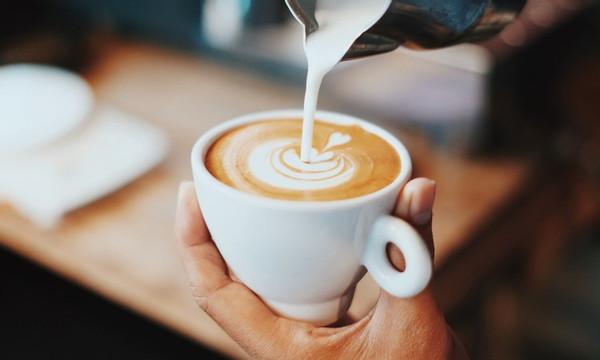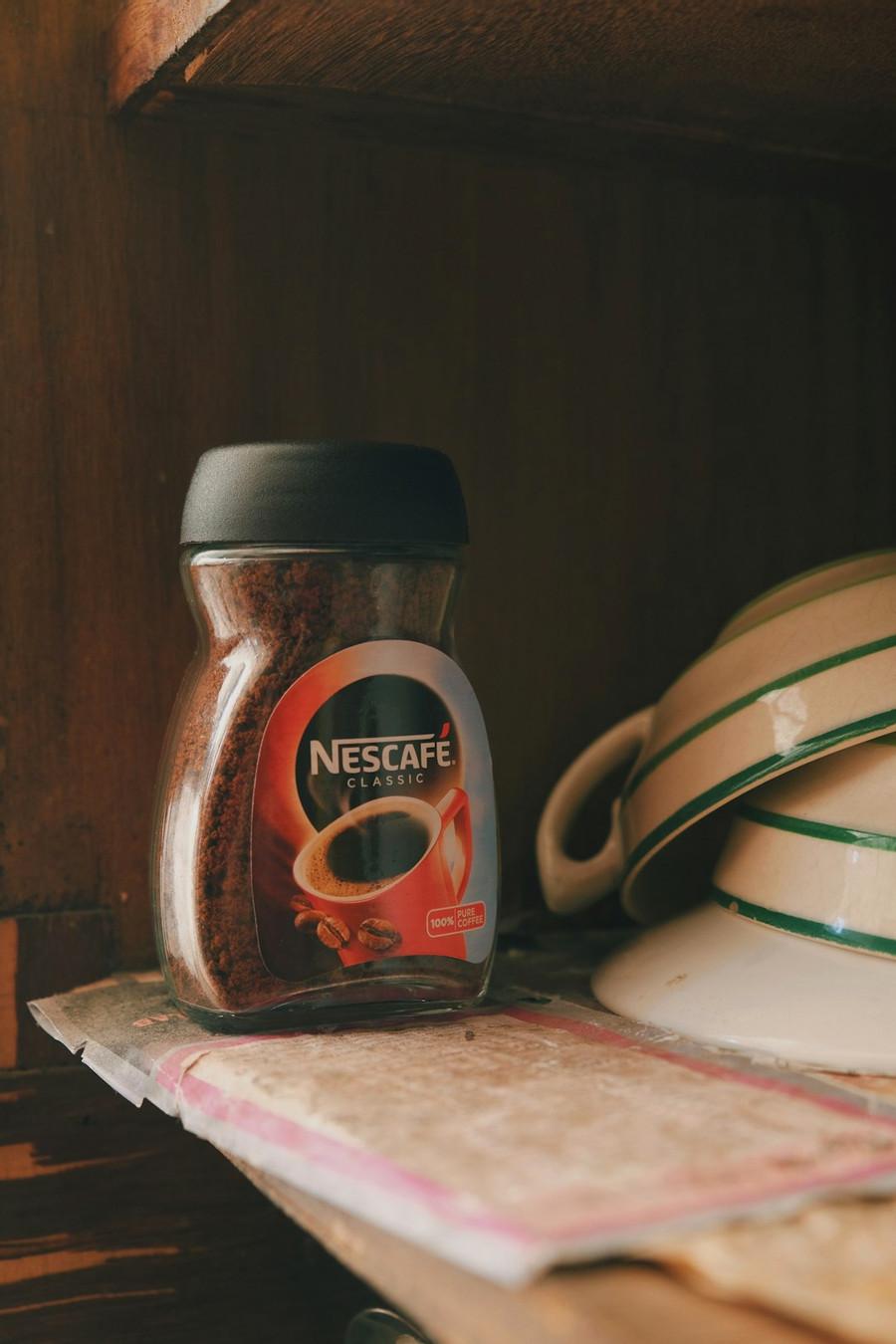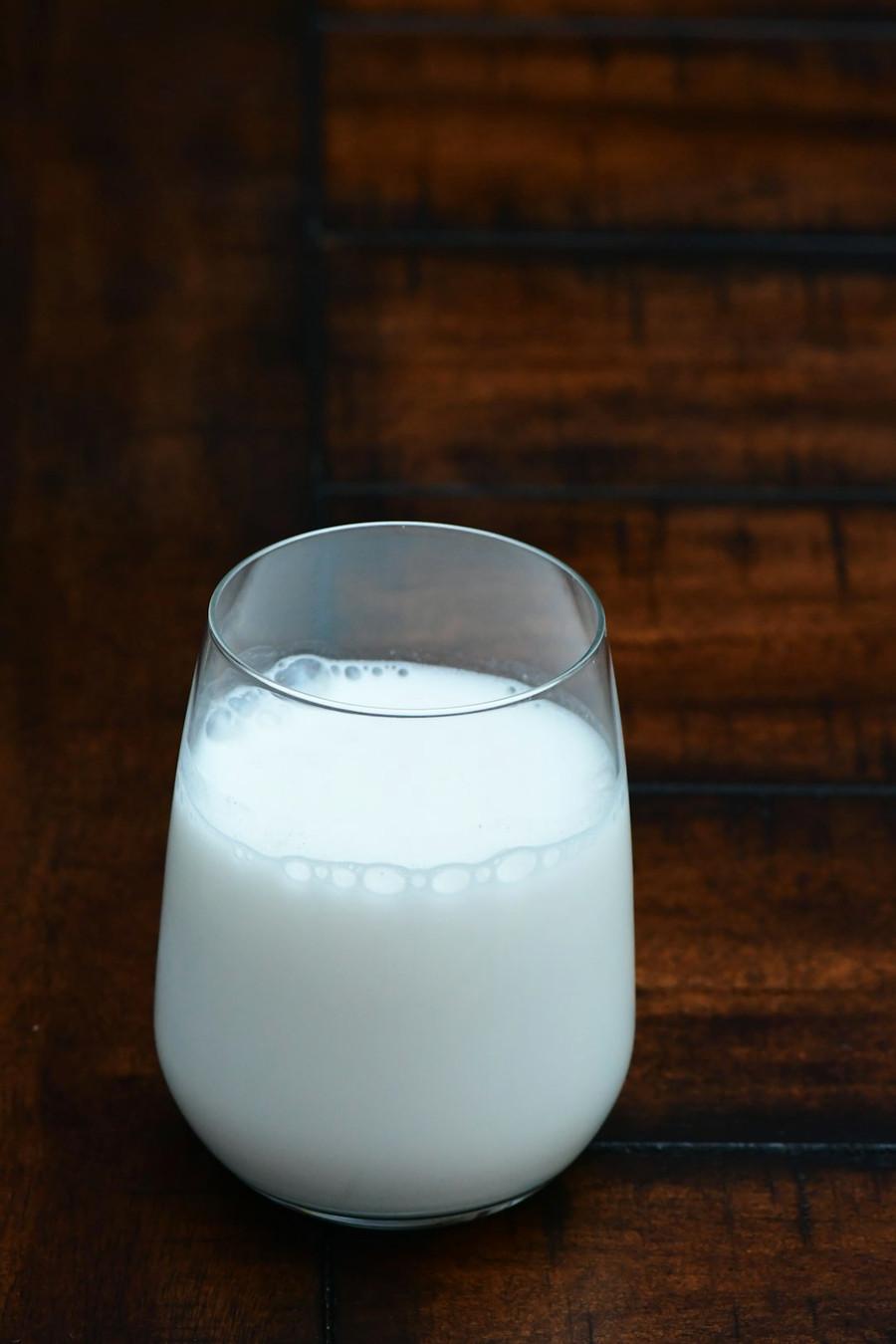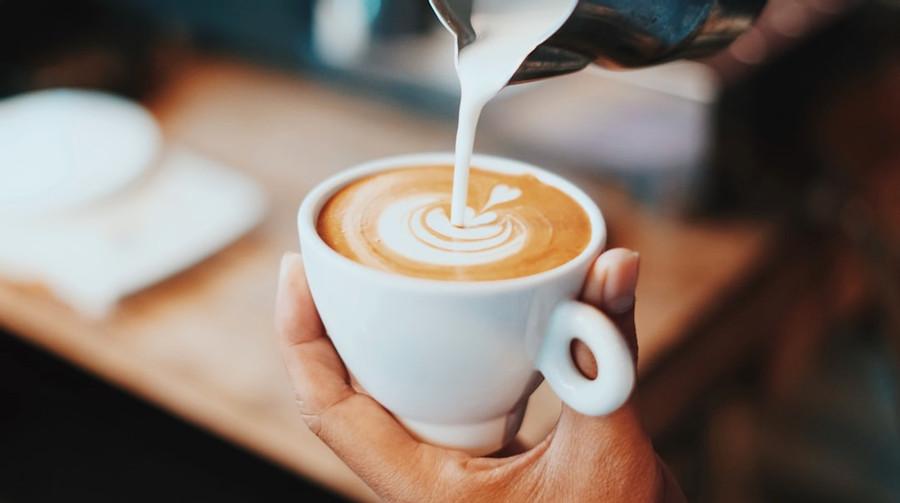Wonder about the impact of your daily cup of coffee on the planet? Here’s the bitter truth
Curated from: ideas.ted.com
6
2
Explore the World's Best Ideas
Join today and uncover 100+ curated journeys from 50+ topics. Unlock access to our mobile app with extensive features.
Coffee, The Love Of Our Lives
Every day, people drink more than two billion coffee cups worldwide, and experts predict that demand for it could triple by mid-century.
Coffee consumption is highest in Europe and North America. In the US, 66 percent of adults drink coffee every day — more than any other beverage, including water — and in the UK, coffee is now officially as popular as tea.
But it’s the Netherlands and Nordic nations who routinely top the charts for the most-caffeinated crowd, with the Dutch, Finns and Swedes consuming 8.3 kg (18.3 lb), 7.8 kg (17.2 lb) and 7.6 kg (16.8 lb) coffee per person in 2020.
2
183 reads
How Coffee Production Hurts the Environment
Study after study shows that our thirst for coffee harms the planet and exploits millions of people in some of the poorest parts of the world.
Arabica, which originated in the highlands of Ethiopia, is prized for its smooth, complex flavour profile, and it fetches a higher price.
It requires shade, so traditional coffee farms intersperse trees of different types and heights among the coffee plants. To grow well, it requires shade and requires chemical pesticides to grow in the sun, which inevitably end up in local waterways.
3
172 reads
The High Human Costs of Producing Coffee
- Around 125 million people worldwide depend on coffee for their livelihoods, but many of the estimated 25 million smallholder farmers who produce 80% of the crop struggle to earn a reliable living.
- Farmers' struggles are compounded by the fact that coffee is a boom-and-bust commodity, vulnerable to poor weather and pests.
- This creates an unstable market with recurring supply-demand imbalances that drive wild fluctuations in price.
3
149 reads
Be A Responsible Coffee Drinker
Buy certified coffee: Coffee certifications can help you find coffee produced using farming practices that meet environmental, social or economic sustainability standards. There’s a dizzying array to choose from, but some of the best-regarded certifications are Fairtrade, Alliance, 4C and Smithsonian Bird Friendly.
Each scheme prioritizes different aspects of sustainability — and their focus can shift — so be sure to stay up to date and pick one that aligns with your values.
4
118 reads
Know Your Coffee
Dig deeper, beyond just the certification labels. Initiatives such as The Pledge aim to improve farmers’ bottom line by encouraging roasters to be transparent about the prices they pay. Many independent coffee shops also have close relationships with their growers and roasters, so don’t be shy to ask questions directly.
3
119 reads
Consider Your Milk
Dairy production is second only to meat in terms of its climate impacts, so it’s worth considering the entire contents of your cup. Studies show that the greenhouse gas emissions associated with a standard latte are between two and four times as high as those from a standard espresso.
If you can’t forego the milk, you can slash its climate impact by two-thirds by picking one of a variety of plant-based options.
3
126 reads
Do Some Legwork
As much as 70 percent of your cup’s environmental impact is tied to the beans and how they’re cultivated, so it makes sense to focus most of your attention there. But small actions add up, so avoid non-recyclable coffee pods and bulky pre-made drinks that take an inordinate amount of fuel to ship.
Finally, don’t underestimate the power of a simple reusable cup. When you take yours into a café, you’re doing more than saving a disposable cup from the landfill — you’re also signalling your values to companies that want your business.
3
100 reads
IDEAS CURATED BY
CURATOR'S NOTE
Coffee is expensive to our planet.
“
Joshua Roberts's ideas are part of this journey:
Learn more about scienceandnature with this collection
Understanding the psychological rewards of bad habits
Creating new habits to replace old ones
Developing self-discipline
Related collections
Similar ideas
5 ideas
The History of Earth Day | Earth Day
earthday.org
5 ideas
How to enjoy coffee
psyche.co
7 ideas
Is Coffee Good for You?
nytimes.com
Read & Learn
20x Faster
without
deepstash
with
deepstash
with
deepstash
Personalized microlearning
—
100+ Learning Journeys
—
Access to 200,000+ ideas
—
Access to the mobile app
—
Unlimited idea saving
—
—
Unlimited history
—
—
Unlimited listening to ideas
—
—
Downloading & offline access
—
—
Supercharge your mind with one idea per day
Enter your email and spend 1 minute every day to learn something new.
I agree to receive email updates







